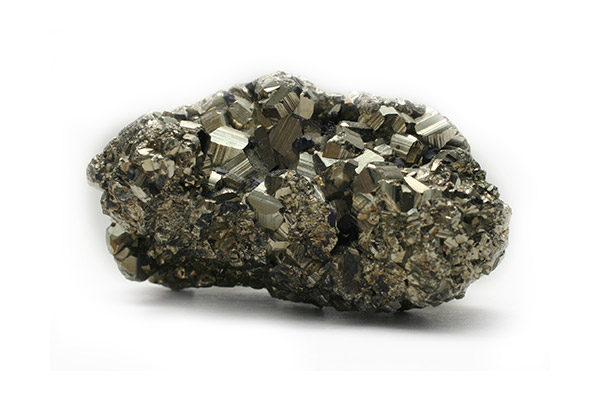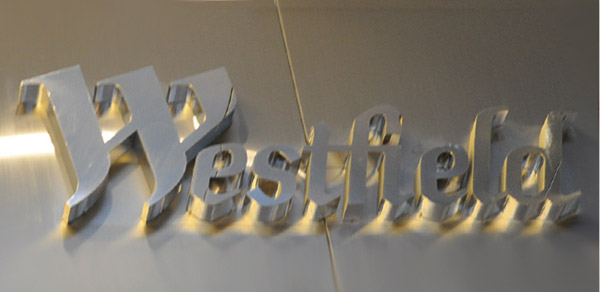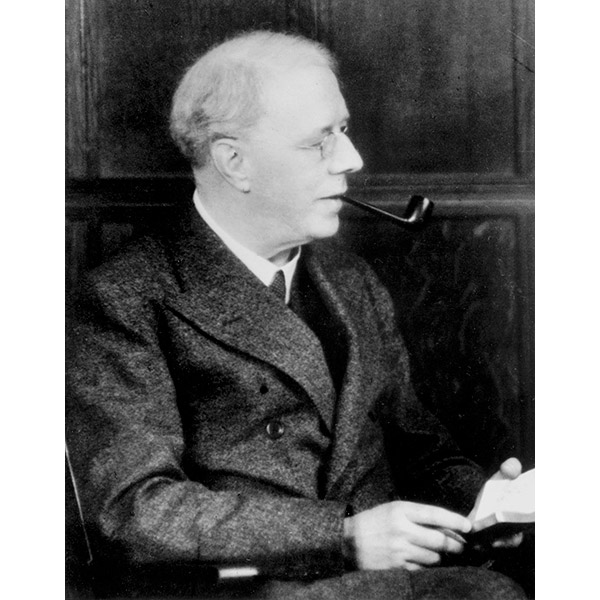Looking at the qualities of this remarkable alloy
Metals and alloys
The Blue Planet, which is home to approximately 7 billion humans alone, is also home to a cache of material resources buried deep within its strata, on hand to meet our every need. Most of these materials in their elemental form are metals. In their purest form, metals lack the hardiness required to endure time and place and must be alloyed with other metals and non-metals to be of use. Iron, for instance, is a remarkably strong metal, yet brittle and susceptible to rust in exposed environments. Conversely, aluminium is a remarkably light metal, but relatively weak. Metals must then combine with other substances to create alloys if they are to be fit for purpose. Steel is one such alloy.

Iron Metal
From the space industry to the building industry, these alloys range in property and matter to meet the needs for strength, polish, malleability, resonance, ability to conduct electricity, heat resistance and so on. NASA for example uses alloys such as aluminium-lithium, which is a super light-weight alloy, and titanium-zirconium-nickel which has levitating properties when assisted by static electricity. While stainless steel is not as exciting as ‘t-z-n’, it is a robust material and in its basic metallurgical structure is an iron-chromium-nickel alloy and is the most commonly used form in the construction industry—the 300 series austenitic steels. It is the chromium in this particular iron-chromium-nickel synthesis that allows the steel to be stain resistant and essentially stain ‘less’.
Nickel, chromium and the self-healing surface
Modern stainless steels, or inox as it is known in continental Europe, invariably contain other elements such as titanium and molybdenum, dependent on what the steel must withstand and endure in-situ. In the construction industry, the nickel and chromium fusion in the steel make it a much sought-after material. The chromium in the steel combines with the oxygen in the environment to form a thin, invisible layer that is literally a few atoms thin. If any form of scratching occurs on the surface, which disrupts the chromium oxide film, more oxide quickly forms and it self-repairs, quite amazingly. Moreover, this type of stainless steel, while being corrosion resistant, has additional attributes such as being low maintenance and having the ability to withstand high temperatures.
Architectural, industrial and decorative stainless steel
The range of uses for stainless steel is vast. From fasteners to structural steel and everything in between—decorative balustrades, bespoke door handles, signage, canopies and street furniture. Peversely, its ubiquitous nature makes it almost invisible. The grade, strength and surface finish it comes in, make all the uses listed above, and beyond, possible.

Westfield stainless steel sign fabricated by ispace, California, USA
As a consumer, designer, fabricator, architect, engineer or builder, the inherent properties of stainless steel (as special as they are) are sometimes missed and we are left underwhelmed, which really should not be the case. While research and experimentation dates back to the early 19th century, Harry Brearly, an Englishman is credited for the industrial era of stainless steel, which is believed to have begun in the early 1900’s. In the 21st century, we continue to explore, invent, re-invent and adapt the uses of stainless steel across industries – medical, fire-fighting, food, energy and many others besides. It truly is extraordinary.

Harry Brearley 1871 – 1948, credited as being the inventor of stainless steel
Sustainable stainless steel
How does this remarkable material fare when it comes to the environment? Due to its recyclability it comes out on top once again. It plays a significant role in sustainable design and alternative energy evolution as it has high durability, recycled content and an EOL, or end-of-life, recapture rate. Stainless steel is 100% recyclable to its original status without compromising quality. In a world where super-fast, super foods and super everything is a must, I wonder if stainless steel can be dubbed a super material? It surely must be getting close to earning that title.